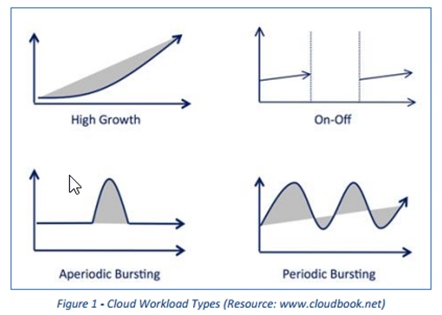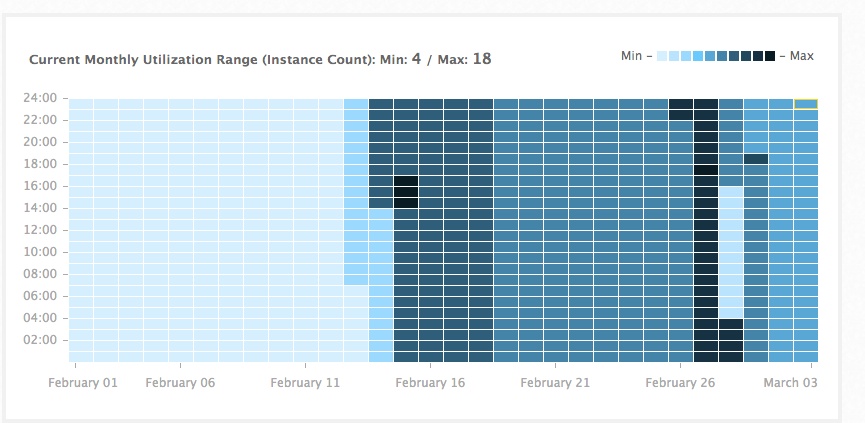What Cloud 2015 Holds: My Predictions and Hopes for Enterprises
2014: A Reflection
 2014 has been a pivotal year in the enterprise tech world. Enterprise IT has begun to fully understand the cloud, and the development of a mutual understanding has grown. The cloud is, in turn, adjusting more and more to the features and traditional needs of enterprise IT.
2014 has been a pivotal year in the enterprise tech world. Enterprise IT has begun to fully understand the cloud, and the development of a mutual understanding has grown. The cloud is, in turn, adjusting more and more to the features and traditional needs of enterprise IT.
My perspective on next year is guided mostly by experiences I had this year (2014) at the AWS re:Invent conference. This huge cloud festival was the platform from which AWS publicly introduced the cloud as a means for creating today’s enterprise data center. Whether for native cloud web-scale applications or for enterprises of all shapes and sizes, the cloud is considered to be today’s best way to increase efficiency as well as flexibility in any IT environment. It is important to note that market saturation is still not here, however it’s just a matter of time until the cloud is used by everyone, covering a significant portion of the world of IT.

 The benefits of migrating workloads between different cloud providers or between private and public clouds can only truly be redeemed with an understanding of the cloud business model and cloud workload management. It seems that cloud adoption has reached the phase where advanced cloud users are creating their own
The benefits of migrating workloads between different cloud providers or between private and public clouds can only truly be redeemed with an understanding of the cloud business model and cloud workload management. It seems that cloud adoption has reached the phase where advanced cloud users are creating their own 
 Last month I attended HP Discover (disclosure: my participation was funded by
Last month I attended HP Discover (disclosure: my participation was funded by 
